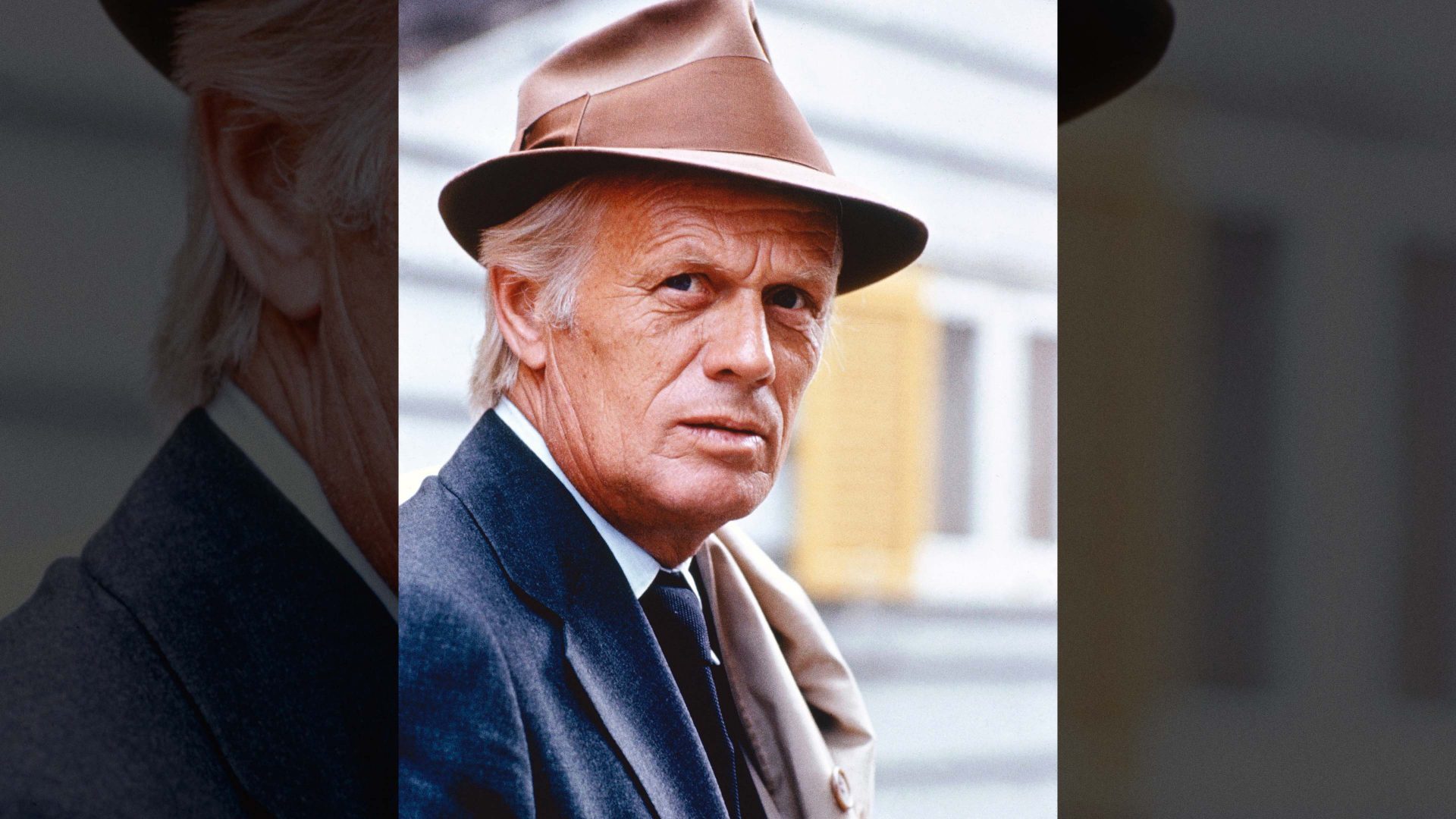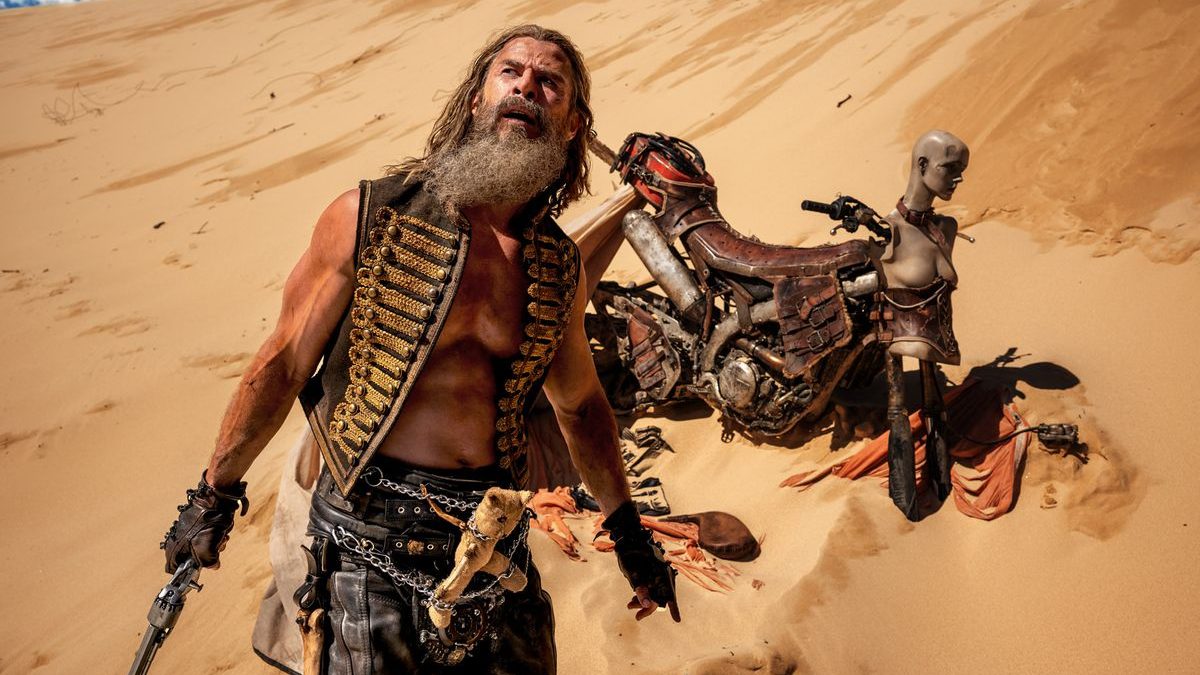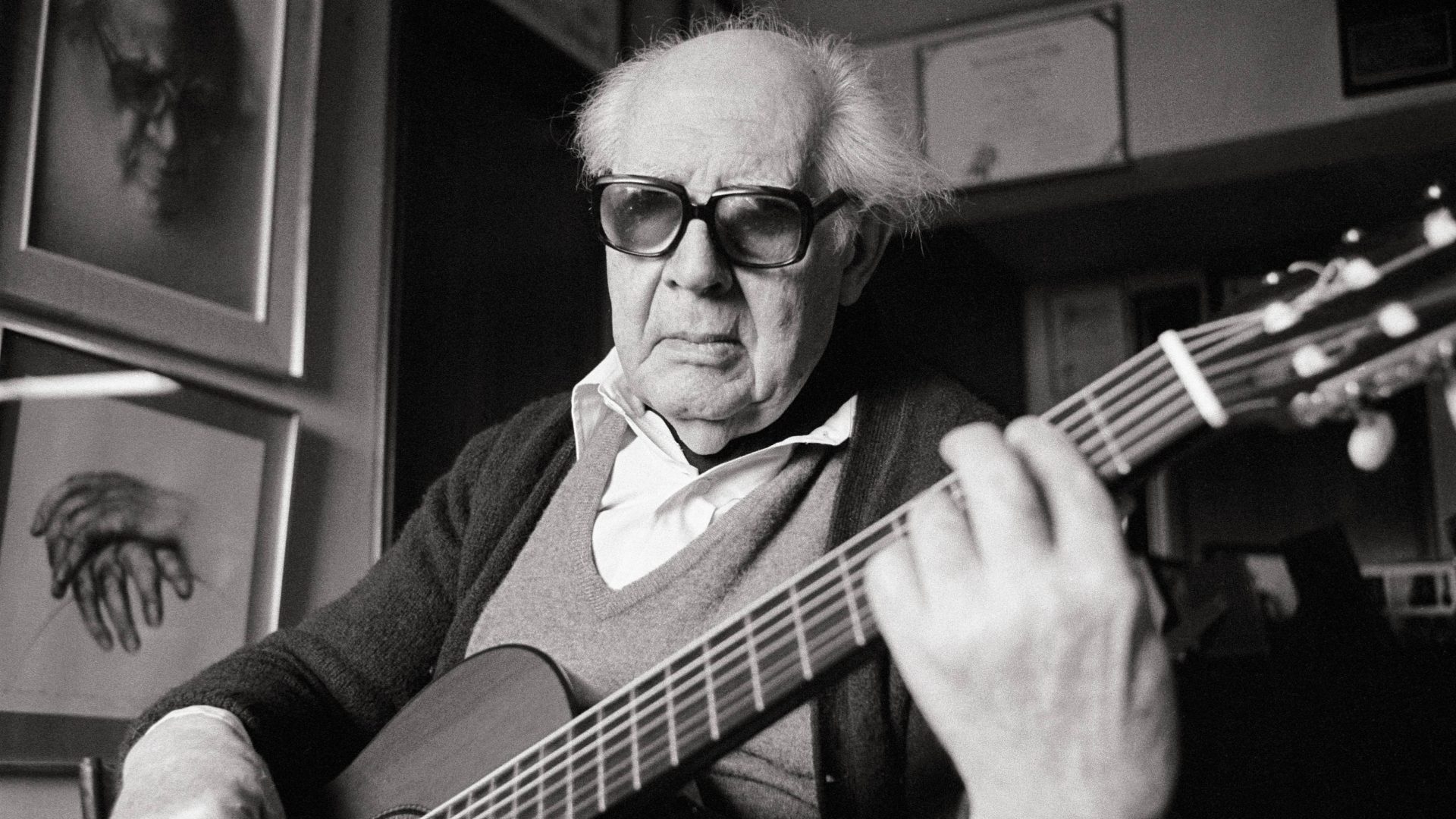The cinema is tricky, elusive, a puzzle and a conundrum. It can create a reality which has nothing to do with real life.
Maybe that’s why we watch movies.
Take the actors who, in real life, are the opposite of who they portray or seem to be.
It is said that the great director Volker Schlöndorff once stated that if he was going to make a film about Hitler, it would star James Stewart in the title role. Stewart, who once got into a fist fight with Henry Fonda, his political opposite, almost always played the everyman. Think of It’s a Wonderful Life.
When I was a schoolgirl, the nuns took us to see a movie about a Catholic warrior in medieval Spain who was known as El Cid.
I am pretty sure that Anthony Mann’s film was not quite what they had expected. There was a lot of canoodling between Charlton Heston and Sophia Loren, which made us kids giggle and the nuns cringe. We never suspected that these two actors detested one another.
After that movie, I was a big fan of Heston, and was thrilled to discover later on that he was part of the march on Washington in 1963. And there he is in those glorious backstage photos at the march, alongside Marlon Brando and James Baldwin.
So it was pretty shocking to me to see how Heston finally ended up: a staunch right winger and advocate of the NRA.
And then there is the other side. Almost always cast as the bad guy – he was even killed by Ingrid Bergman, Lauren Bacall, Vanessa Redgrave and Sean Connery in the same picture – Murder on the Orient Express – I’m talking about the great Richard Widmark.
This guy was married to the same woman for 55 years – unbelievable in Hollywood – and when she died he married a former wife of Henry Fonda’s.
The opposite of Heston, Widmark hated guns and said often that he abhorred violence. It was no doubt his face and demeanour which made this good guy the bad guy too often. Go figure.
The answer to last week’s Vintage Quiz is: On the Waterfront (1954, dir. Elia Kazan), a film that many consider contains Marlon Brando’s greatest role.
Now you may ask why those survivors of the 1950s communist witch hunt I had met in the 1980s at the Actors Studio, would call this masterpiece “the stool pigeon’s charter”.
If you think about the movie, remember what happens in it:
Brando’s “Terry” is urged to go and testify to a waterfront commission investigating the union that he belongs to. Terry knows about murders and other crimes committed on or around the docks, but he is loyal.
But after one murder too many, and falling in love, he finally decides to go ahead and testify. Kazan himself testified to the congressional House UnAmerican Activities Committee about suspected communists he met in the 1930s.
Many people were blacklisted and lost their professions. The majority just could not be a Joseph Losey or a Carl Foreman and emigrate to London to find work.
The irony of it all is that these survivors of the blacklist came to the Studio every Tuesday afternoon to watch an actor or a writer work out their latest film or theatre idea.
And they were happy to be there. Even though the workshop was co-led by Elia Kazan.
Next week’s quiz: You may think that Mark Twain’s Adventures of Huckleberry Finn was his most influential work as far as film-makers are concerned. More than 10 films have been based on the book.
But another Twain book inspired an immortal cartoon character, the star/co-star of many shorts; a popular TV series was deeply influenced by it and the book was even read by astronauts to one another in space, to keep them awake. Which book?




